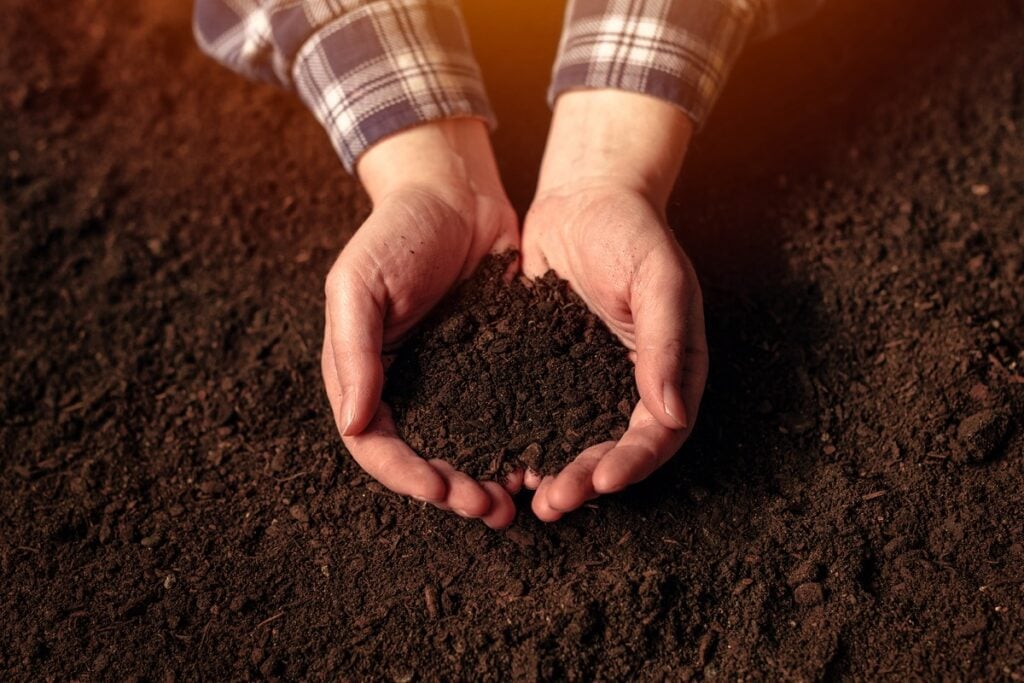Human composting, or natural organic reduction, is an innovative process that transforms human remains into nutrient-rich soil through controlled decomposition. This method presents a sustainable alternative to burial and cremation, appealing to those who prioritize environmental concerns. However, human composting is not yet a legally recognized option in Canada.
This article examines the current legal status, rising interest, potential government actions, and environmental implications of human composting in Canada.
Understanding Human Composting
Human composting involves placing a body in a specially designed vessel filled with organic materials such as straw, wood chips, and alfalfa. Over several weeks, controlled levels of heat, moisture, and oxygen accelerate the decomposition process. The result is composted soil, which can enrich landscapes and support new plant life. This process requires less land than traditional burial, emits fewer greenhouse gases than cremation, and yields a beneficial byproduct, making it an attractive option for eco-conscious individuals.
Current Legal Status of Human Composting in Canada
Human composting is currently not legal in any Canadian province. Each province sets its own regulations for body disposition methods, and while burial, cremation, and (in some provinces) aquamation are permitted, human composting has yet to be included. Provincial authorities would need to evaluate and establish legal guidelines, including health and safety standards, before it could be recognized as a legal option.
In provinces known for progressive environmental policies, such as British Columbia and Quebec, there may be greater openness to considering human composting in the future. British Columbia was the first province to allow aquamation, suggesting a potential path for environmentally friendly disposition methods to be explored at the provincial level.
Growing Interest and Demand for Human Composting
Interest in human composting is growing across Canada, particularly among environmentally focused individuals and organizations. As an eco-friendly alternative to traditional disposition methods, it aligns with the increasing desire among Canadians to reduce their environmental impact at the end of life.
Environmental organizations such as the Green Burial Society of Canada have promoted sustainable death care options and are likely to support human composting. Public awareness has also been influenced by the legalization of human composting in U.S. states like Washington, Colorado, and Oregon, where the practice has been positively received.
Surveys by groups like Ipsos Canada have indicated that younger Canadians are increasingly interested in alternatives to conventional methods, including human composting. The influence of successful implementation in neighboring U.S. states has prompted Canadians and policymakers to consider whether this option might be appropriate and feasible locally.
U.S. Influence and Cross-Border Interest
The success of human composting in U.S. states near Canada, particularly Washington, has amplified Canadian interest in the method. Washington, which shares environmental initiatives and partnerships with British Columbia, became the first state to legalize human composting, setting a precedent that has influenced discussions in Canada. With these examples, Canadian residents and policymakers are increasingly exposed to the idea of human composting as a viable alternative.
Government Actions and Future Prospects
At present, no Canadian province has formally introduced legislation for human composting. However, some provinces may explore it in the future as part of their sustainability goals. Canada’s 2030 Emissions Reduction Plan, which includes measures to lower carbon emissions and promote eco-friendly practices, aligns with the environmental benefits of human composting. Reducing emissions from cremation, conserving burial land, and producing composted soil support Canada’s national environmental goals.
Future legislation for human composting would likely involve collaboration with public health, environmental, and funeral industry stakeholders. Oversight by provincial health authorities would ensure compliance with health and safety standards, and municipal guidelines would likely address zoning, facility requirements, and allowable uses for composted soil.
Potential Benefits of Human Composting in Canada
Human composting offers multiple environmental and societal benefits:
- Land Conservation: Human composting requires significantly less land than traditional burial, which is especially relevant in densely populated Canadian cities where land scarcity is a concern.
- Reduced Emissions: The composting process has a lower carbon footprint than cremation, helping reduce greenhouse gas emissions—a priority for Canada’s climate goals.
- Nutrient-Rich Compost: The resulting soil from human composting can be used in land restoration and conservation projects, improving soil health and supporting plant growth. In regions where it is legal, composted soil has been used for reforestation and public land revitalization, benefiting local ecosystems.
Human composting provides a meaningful option for Canadians interested in making an environmentally positive choice at life’s end, aligning with the country’s sustainability objectives.
Challenges and Considerations in Canada
While human composting presents notable benefits, certain challenges would need addressing if it were to be legalized in Canada:
- Cultural and Religious Sensitivity: Canada’s diverse cultural landscape includes varied religious and cultural practices surrounding death. It would be important to consider these perspectives to ensure respectful and inclusive public policy.
- Health and Safety Regulations: If human composting becomes legal, facilities would need to follow strict guidelines for sanitation, microbial control, and soil testing to ensure the resulting soil is safe for public use. In U.S. states, health standards are enforced through state health departments, a model that could be adopted by Canadian provinces.
- Accessibility and Cost: Based on data from the U.S., the cost of human composting ranges from $5,000 to $7,000, generally falling between burial and cremation costs. If introduced in Canada, provincial regulations and facility requirements would influence pricing. Ensuring accessibility across socioeconomic groups would be key in making this a viable option for all Canadians.
Frequently Asked Questions
How does human composting differ from traditional burial or cremation?
Human composting transforms the body into composted soil through natural decomposition in a controlled environment, while burial and cremation involve either land use or high energy consumption without producing compost.
How long does the human composting process take?
The process generally takes 4 to 6 weeks to complete, based on data from facilities operating in U.S. states where human composting is legal, such as Washington and Colorado.
Is human composting the same as green burial?
No, green burial involves placing the body directly in the ground in a biodegradable container, allowing it to decompose naturally. Human composting uses a controlled vessel with organic materials, ensuring accelerated decomposition and creating composted soil.
What is the current cost range for human composting?
In U.S. states where human composting is legal, the cost typically ranges between $5,000 and $7,000, according to published data from facilities offering the service.
Could composted soil from human composting be used for personal purposes?
In states where it is legal, such as Washington, families are permitted to use the composted soil on personal land. This use may be subject to local environmental regulations.
What type of facility is required for human composting?
Human composting requires a licensed facility with specialized vessels to control temperature, moisture, and aeration. States like Washington have health and safety regulations overseeing these facilities to ensure safe decomposition.
Can the process be expedited?
The decomposition process in human composting has a fixed duration to ensure thorough and safe transformation into soil. Research from U.S. facilities indicates 4 to 6 weeks as a standard timeframe.
Are there environmental benefits to human composting beyond emission reduction?
Human composting creates nutrient-rich compost that can support soil health and land restoration. The process has a reduced carbon footprint compared to traditional cremation, according to the U.S. Environmental Protection Agency.
How does human composting align with Canada’s environmental goals?
Canada’s 2030 Emissions Reduction Plan emphasizes lowering emissions and promoting sustainable practices. Human composting aligns with these goals by reducing energy use associated with cremation and conserving land resources compared to burial.
What are Indigenous perspectives on human composting?
In regions where human composting has been introduced, Indigenous communities have diverse views on body disposition practices. Any decision in Canada would likely involve discussions with Indigenous leaders to align with cultural perspectives, as seen in other areas of environmental policy.
How would human composting facilities ensure safety and sanitation?
U.S. facilities that offer human composting follow protocols for temperature, microbial control, and moisture management to ensure the composted material is safe and pathogen-free.
Questions?
Do you have questions about this or any other aspect of the funeral industry? Send us a question and our experts will do their best to help you. Click here.







